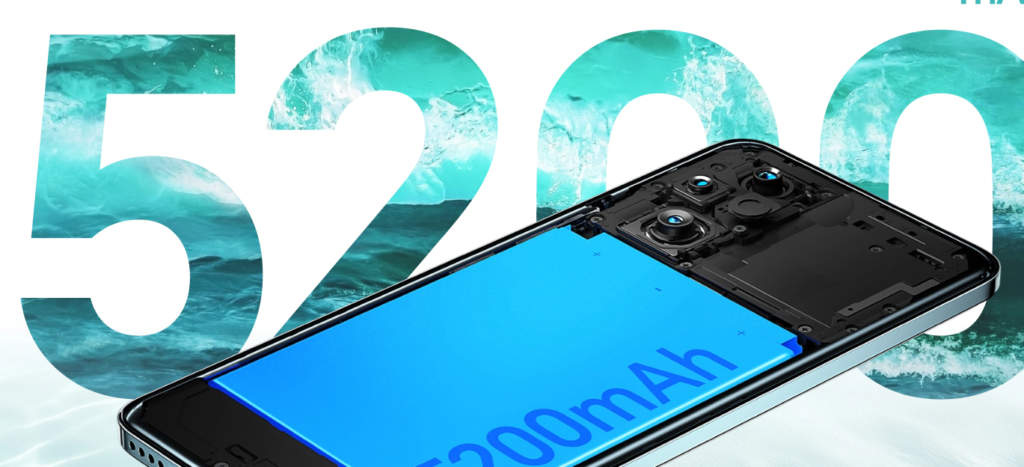Qualcomm’s Snapdragon series stands as a beacon of innovation, powering the latest flagship and mid-range smartphones with cutting-edge performance and features. With the recent releases of the Snapdragon 8 Gen 3 and Snapdragon 7 Gen 3 chipsets, users are presented with two formidable options, each promising to deliver an exceptional mobile experience. In this blog post, I will compare the Snapdragon 8s and Snapdragon 7, side by side, to help you determine which of which is best suited for your needs and budget. So without any further ado, let’s get right into it!
Snapdragon 8s and Snapdragon 7: A Comparison of Features and Performance
Let’s dive into a comprehensive comparison of these two titans to see how they stack up against each other.
Performance
At the heart of any chipset lies its processing power, and both the Snapdragon 8 Gen 3 and Snapdragon 7 Gen 3 excel in this aspect. The Snapdragon 8 Gen 3 boasts Qualcomm’s latest and most powerful CPU architecture, delivering unparalleled performance for demanding tasks and seamless multitasking. On the other hand, the Snapdragon 7 Gen 3 offers impressive performance for mid-range smartphones, with a focus on power optimization and efficiency. While the Snapdragon 8 Gen 3 edges out in raw processing power, the Snapdragon 7 Gen 3 provides a compelling performance-to-price ratio for users who don’t require flagship-level performance.
AI Capabilities
Artificial intelligence plays a crucial role in enhancing the user experience on smartphones, and both chipsets come equipped with advanced AI engines. The Snapdragon 8 Gen 3 offers enhanced AI capabilities, enabling intelligent features and personalized experiences for users. From intelligent camera enhancements to voice recognition and smart assistant capabilities, the Snapdragon 8 Gen 3 delivers a seamless and intuitive user experience. Meanwhile, the Snapdragon 7 Gen 3 also features AI enhancements, albeit at a slightly lower level compared to its flagship counterpart. While not as advanced as the Snapdragon 8 Gen 3, the AI capabilities of the Snapdragon 7 Gen 3 still contribute to an enhanced user experience for mid-range smartphones.
Connectivity
In the era of 5G, connectivity is a crucial factor for smartphone users, and both chipsets offer integrated 5G modems for lightning-fast speeds and low latency. The Snapdragon 8 Gen 3 supports the latest 5G technologies, including mmWave and sub-6GHz bands, ensuring users stay connected at blazing-fast speeds wherever they go. Similarly, the Snapdragon 7 Gen 3 also offers integrated 5G connectivity, providing mid-range smartphone users with access to next-generation networks. While the Snapdragon 8 Gen 3 may offer slightly faster speeds and more advanced connectivity features, the Snapdragon 7 Gen 3 still delivers impressive 5G performance for its price point.
Multimedia Experience
Whether it’s gaming, streaming, or capturing memories, multimedia performance is a crucial aspect of the smartphone experience. The Snapdragon 8 Gen 3 offers flagship-level multimedia capabilities, with support for advanced gaming features, high-resolution displays, and professional-grade camera enhancements. On the other hand, the Snapdragon 7 Gen 3 provides mid-range smartphones with impressive multimedia performance, including smooth gaming experiences, vibrant visuals, and crisp audio quality. While the Snapdragon 8 Gen 3 may offer slightly better gaming and multimedia performance, the Snapdragon 7 Gen 3 provides a compelling experience for users who prioritize affordability without sacrificing quality.
Battery Life
Efficient power management is essential for prolonging battery life and maximizing smartphone usage throughout the day. Both chipsets are designed to optimize power consumption and extend battery life, ensuring users can stay connected and productive for longer periods. While the Snapdragon 8 Gen 3 may offer slightly better power efficiency and battery life due to its more advanced architecture, the Snapdragon 7 Gen 3 still delivers impressive battery performance for mid-range smartphones, allowing users to go longer between charges.

Final Thoughts
While the Snapdragon 8 Gen 3 sets the bar for flagship-level performance and capabilities, the Snapdragon 7 Gen 3 provides a compelling option for mid-range smartphones, delivering impressive performance at a more affordable price point. Ultimately, the choice between these two chipsets depends on the user’s priorities, budget, and requirements for their smartphone experience. Whether you’re a power user seeking the ultimate flagship performance or a budget-conscious consumer looking for value for money, both the Snapdragon 8 Gen 3 and Snapdragon 7 Gen 3 have something to offer, ensuring that users can find the perfect smartphone to suit their needs. It is important to note the smart device where the processors are equipped. Two perfect examples are the Honor 200 Pro and HONOR 200 specs feature a cooling system and reliable gaming GPU that allows you to load and play high-end popular gaming titles.

